GUEST BLOGGER MARSHA DIANE ARNOLD
I’m Marsha Diane Arnold, author of One Small Thing, a picture book about how one small act of kindness can make a big difference. The second line in One Small Thing is Squirrel exclaiming, “Lightning struck Raccoon’s house last night!” Badger is worried about Raccoon’s friend, Cricket, and goes into the woods to find him.
The STEAM in small things, lightning strikes, and crickets
Begin by reading One Small Thing with your students.
Discussion questions
- What was the first small thing Beaver did to build Raccoon’s new house?
- Discuss the concept of many small things adding up to something big, like Beaver’s logs adding up to a home.
- Give students another example of one small physical thing that, when combined with other small physical things, makes one big thing. (One grain of sand combines with others to make a sand dune.)
- Ask the students to brainstorm more examples:
- One drop of water + others = an ocean.
- One snowflake + others = a blizzard.
- One building block + others = a castle.
- One brushstroke + others = a painting.
- One word + others = a story.
(These could all lead to further explorations, such as an exploration of sand dunes, like the Great Sand Dunes, Colorado.)
Activity 1: Lightning strikes and thunder claps
Lightning is what began the story of One Small Thing, when it struck Raccoon’s home and burned it down.
Explain to your students that lightning is like a giant spark of electricity in the atmosphere between clouds, air, and ground.
We see lightning almost exactly when it happens. The reason you see the lightning before you hear thunder is because light travels at 186,000 miles in a second, while sound travels one fifth of a mile in that same second.
Explain that we can estimate how many miles away a storm is by counting the number of seconds between the flash of lightning and the sound of thunder. Every 5 seconds between when you see lightning and when you hear thunder is one mile. If you count 10 seconds between the lightning flash and thunder, the lightning struck 2 miles away.
- Ask your students if they count 15 seconds from the lightning flash to the thunderclap, how many miles away is the lightning. (15 ÷ 5 = 3 miles)
- Ask your students if they count 5 seconds from the lightning flash to the thunderclap, how many miles away is the lightning. (5 ÷ 5 = 1 mile)
Activity 2: Painting lightning
Let’s draw lighting! There are many ways to draw a lightning strike. It can be as simple as a yellow crayon on black construction paper.
Or you can have the students try this
- Tell your students to place black and white tempera paint onto a paper plate.
- Have students use a paint brush to paint both the white and black tempera paint onto white art paper.
- Paint the entire paper gray to represent storm clouds.
- Cut blue raindrops and yellow lightning bolts from construction paper and glue them on the paper.
Activity 3: Thunderstorm poem
Ask your students how they feel during a lightning and thunderstorm. Some will enjoy the sights and sounds. Some will feel scared. Discuss their different feelings. Have the students write a poem about lightning storms and their feelings about them.
Activity 4: A cricket maze
Badger searched for Cricket in the darkest part of Brightly Wood.
Ask the students to draw a maze from the beginning of the woods to when Badger finds Cricket, drawing various animals and nature objects along the way.
Activity 5: Cricket chirp calculations
Explain that crickets chirping is made by them rubbing their wings together. The warmer the cricket is, the faster he rubs his wings. You can count the number of chirps in 15 seconds, add 40, and that will give you the temperature in Fahrenheit (F). The “cricket chirp thermometer” is only accurate down to about 55 degrees.
- Ask your students if they count 18 chirps in 15 seconds, what the temperature is. (58ºF)
- Ask your students if they count 31 chirps in 15 seconds, what the temperature is.(71ºF)
- Ask the students what their favorite activity was. Do they have ideas about small things they can do to help each other?
Called a “born storyteller” by the media, Marsha Diane Arnold is a picture book author of twenty-four books, with over one million books sold.
Her books have garnered honors like Best First Book by a New Author (Heart of a Tiger), Smithsonian Notable (The Pumpkin Runner), and Dolly Parton’s Imagination Library (Roar of a Snore). Her bilingual Galápagos Girl won the Green Prize for Sustainable Literature. Lights Out, about light pollution, has been praised by the Dark Sky community as well as the children’s lit community and was a finalist for the SCBWI Golden Kite Award for Picture Book Text.
Marsha enjoys sharing her love of story through school visits, manuscript consultations, her Writing Wonderful Character-Driven Picture Books e-course, and especially, by reading to her four grandchildren. Connect with Marsha online: WEBSITE TWITTER FACEBOOK INSTAGRAM


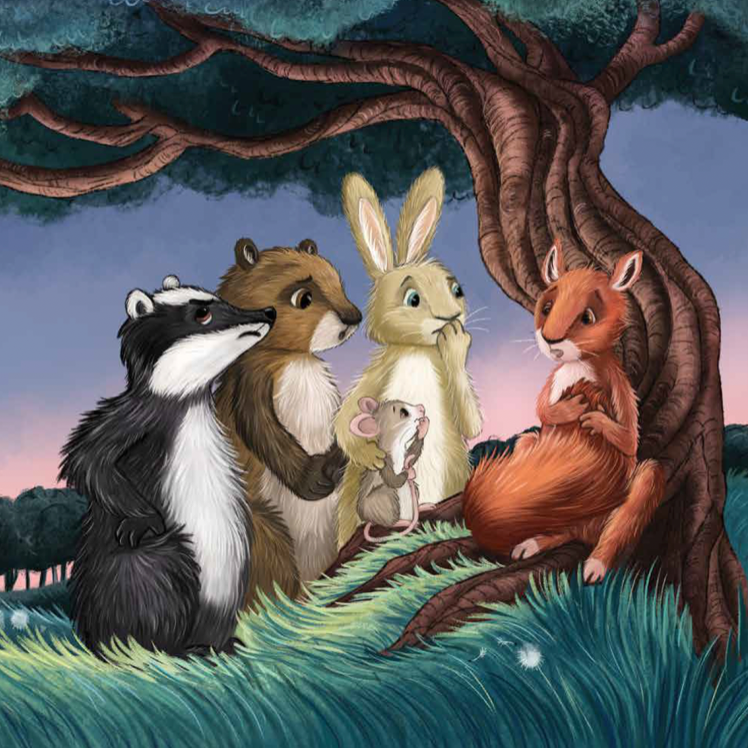

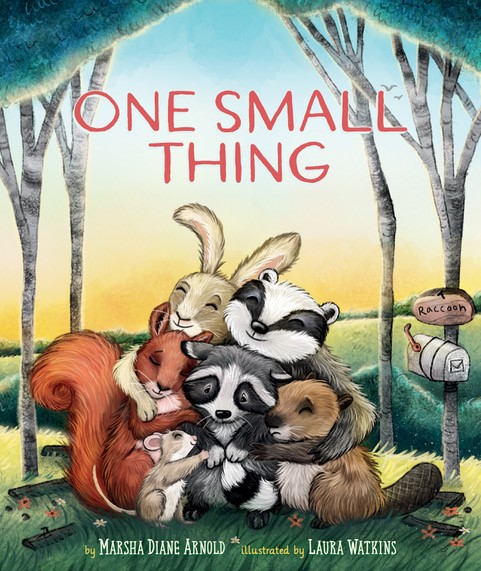
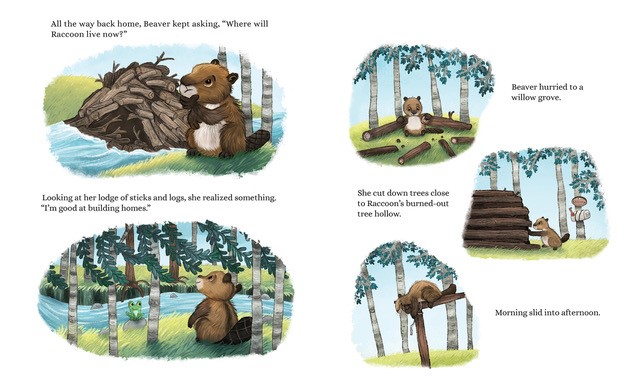
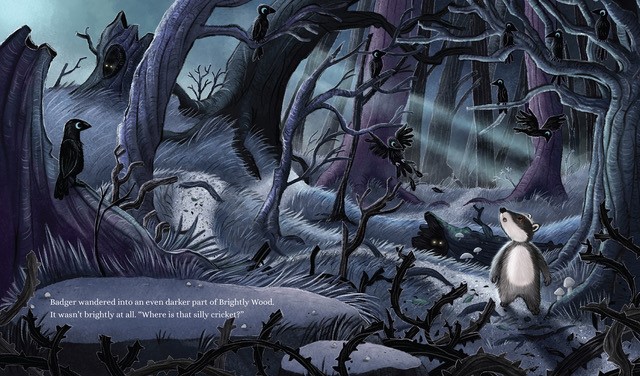


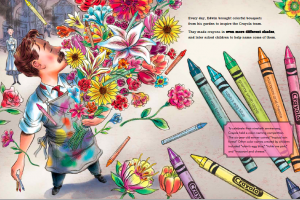
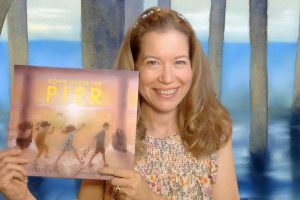


Leave a Reply
Your email is safe with me.